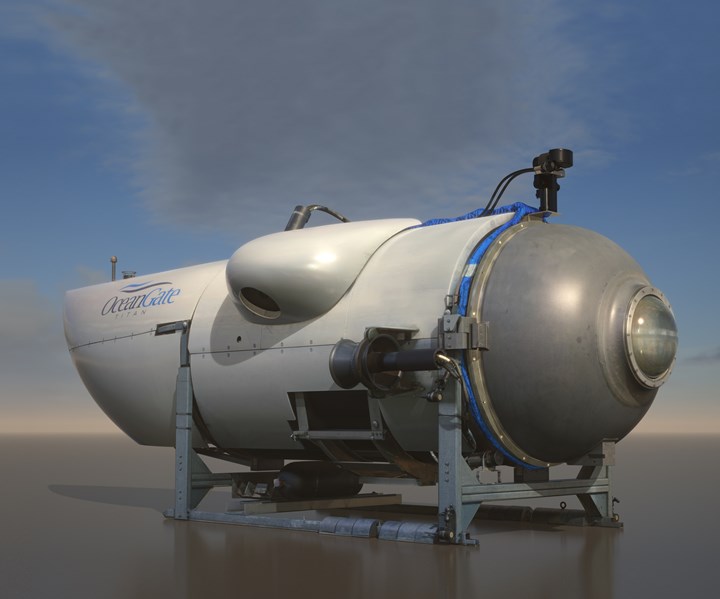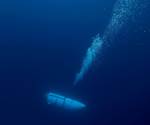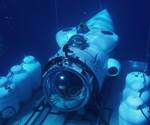NASA, OceanGate collaborate on manufacture of carbon fiber pressure vessels
The pressure vessels built through this agreement will be used on OceanGate’s latest deep-sea Cyclops submersible.

Source | OceanGate
OceanGate (Everett, Wash., U.S.) announced on Feb. 26 that it has executed an agreement with NASA for the development of a carbon fiber pressure vessel for use in the company’s composites-intensive deep-sea submersibles.
NASA’s Marshall Space Flight Center in Huntsville, Ala., U.S., will serve as the facility where the development and manufacturing of a new aerospace-grade hull is completed. This design effort is key to OceanGate completing its latest Cyclops-class submersible that is intended to dive to 6,000 meters (19,800 feet) with five crewmembers on board.
Read more about the design and manufacture of OceanGate’s Cyclops 2 submersible: “Composite submersibles: Under pressure in deep, deep waters.”
“We continue to receive more demand for Titanic, deep-sea research and environmental supervision of deep-sea mining missions that very few submersibles in the world have the capability of supporting. NASA’s advanced composite manufacturing capability is ideally suited for the high precision and high-quality requirements of our latest hull design. OceanGate’s primary goal is to open the oceans and make exploring, researching and documenting deep ocean sights safer and more accessible to not only researchers and governmental agencies, but also to citizen explorers. We look forward to working with NASA to do just that,” explains OceanGate CEO and founder, Stockton Rush.
“NASA is committed to cutting-edge composites research and development that will not only further our deep space exploration goals, but will also improve materials and manufacturing for American industry,” says John Vickers, principal technologist for advanced manufacturing technology at NASA. “This Space Act Agreement with OceanGate is a great example of how NASA partners with companies to bring space technology back down to Earth.”
Related Content
-
Development of a composite liquid hydrogen tank for commercial aircraft
Netherlands consortium advances cryogenic composites testing, tank designs and manufacturing including AFP, hybrid winding, welding of tank components and integrated SHM and H2 sensors for demonstrators in 2025.
-
Composites end markets: New space (2025)
Composite materials — with their unmatched strength-to-weight ratio, durability in extreme environments and design versatility — are at the heart of innovations in satellites, propulsion systems and lunar exploration vehicles, propelling the space economy toward a $1.8 trillion future.
-
Composites end markets: Pressure vessels (2024)
The market for pressure vessels used to store zero-emission fuels is rapidly growing, with ongoing developments and commercialization of Type 3, 4 and 5 tanks.
.jpg;width=70;height=70;mode=crop)





